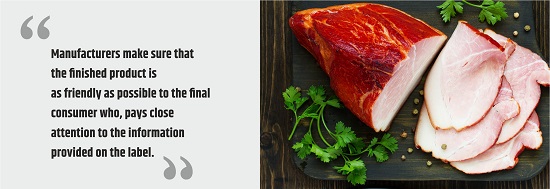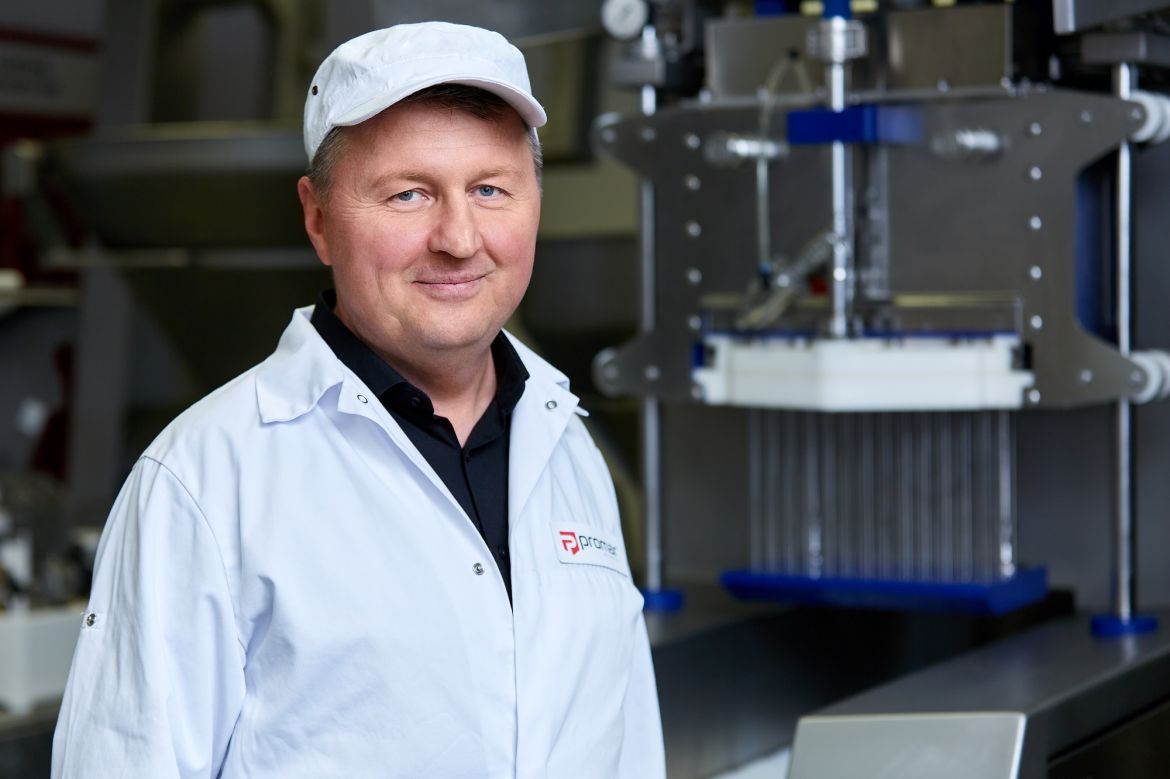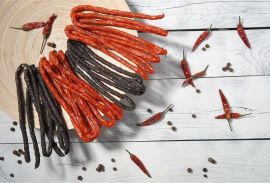An interview with Cezary Czech, the Manager of the Functional Blends Development Department
- Customers believe that the brine used in the production of cure meats is pure evil. Is that really true?
- Brines have been used for centuries. After all, the traditional method of curing meat is nothing other than using cover functional blends. Before smoking, meat was immersed in water with salt and spices. Today's technology is changing: in industrial production brine is used much more often in the form of injections than cover functional blends. Instead of waiting for weeks for the salt and spices to penetrate the entire piece of meat, we can inject the brine into it. After the injection, the meat is massaged so that the brine is evenly distributed in the muscle. The whole process takes several hours instead of several weeks.
- What substances does brine contain?
- Currently, the most popular trend is to “shorten and clean the label,” i.e. to eliminate additives from the E group. Brines are designed using protein, fiber, and starch. Manufacturers make sure that the finished product is as friendly as possible to the final consumer who, after all, pays close attention to the information provided on the label. Of course, we also offer brines with the classic composition - i.e. with E products - and they are still popular. It all depends on the product and the customer.

- What does brine design consist in?
- Our Functional Blends Development Department is a part of the R&D Division. This means that our goal is to create products that meet the expectations of specific customers as fully as possible. That is why in our work we focus on specific problems, e.g. the ingredients, the machinery, or the type of labeling of the final product. In recent years, we have witnessed an extremely rapid development in the meat processing technology. Injectors make it possible to reach different injection values, operate at different output rates, have different numbers of needles, and work with all kinds of meat - from beef to delicate poultry meat and even fish. These are all factors that we have to consider when designing the brine.
An interesting fact is that when I started working with brines in 1995, we created 3 preparations a year. Currently the minimum number is 3 preparations... per month. This shows the scale of the challenges that our Research and Development Division faces.
- So, your work is based on the customer's requirements for the final product?
- Yes, our brines are designed for a variety of products. These include traditional smoked products, MIM (meat-in-meat) products, and high-output meat products. They can be used for injection or immersion. Their yield is from 10 to 110 percent in the finished product - depending on the customer’s expectations.
- Thank you for the interview.
udostępnij udostępnij




